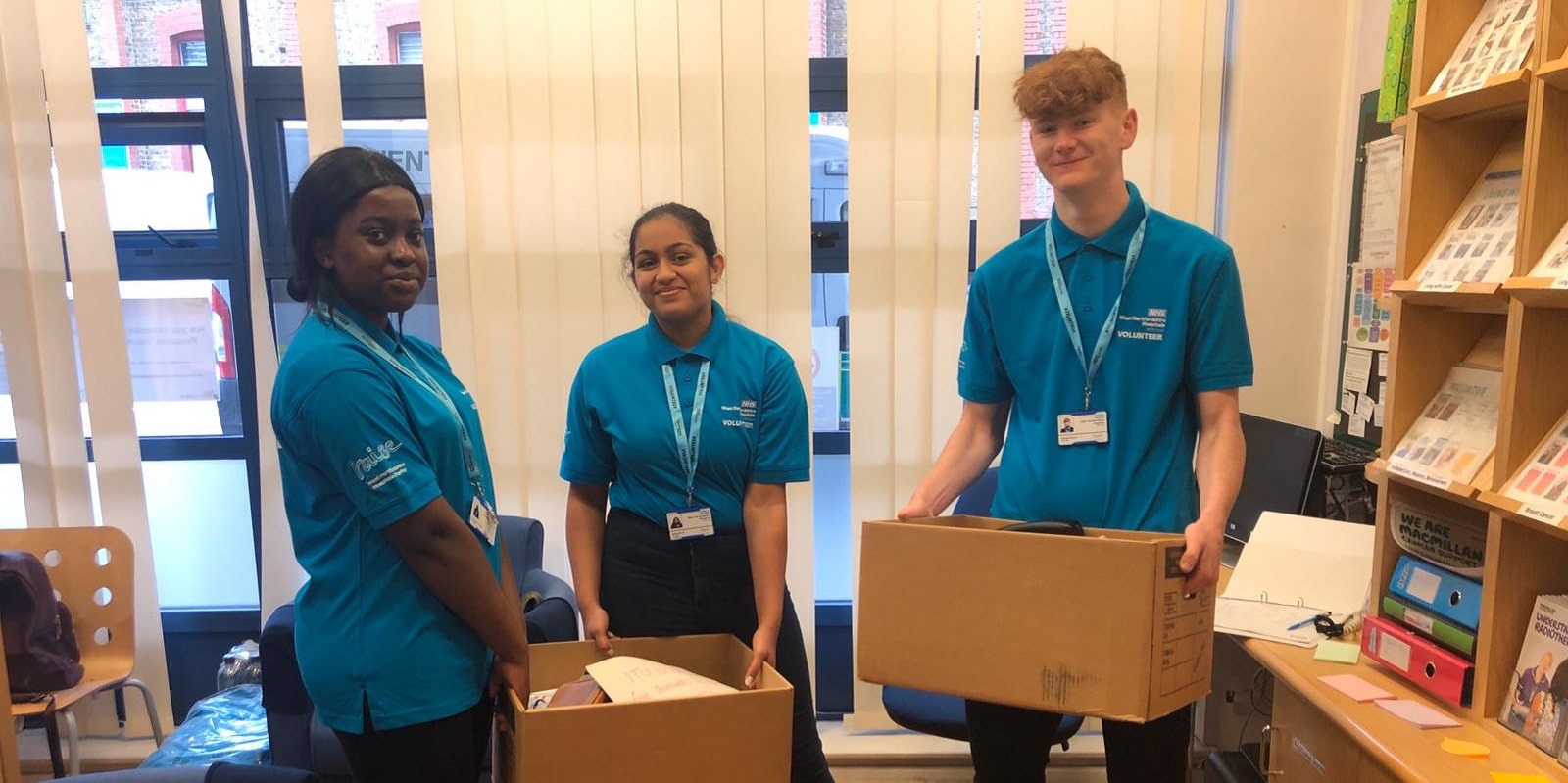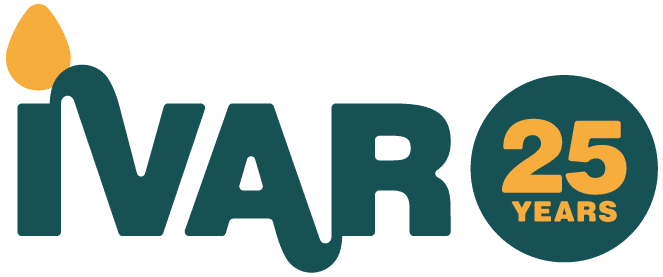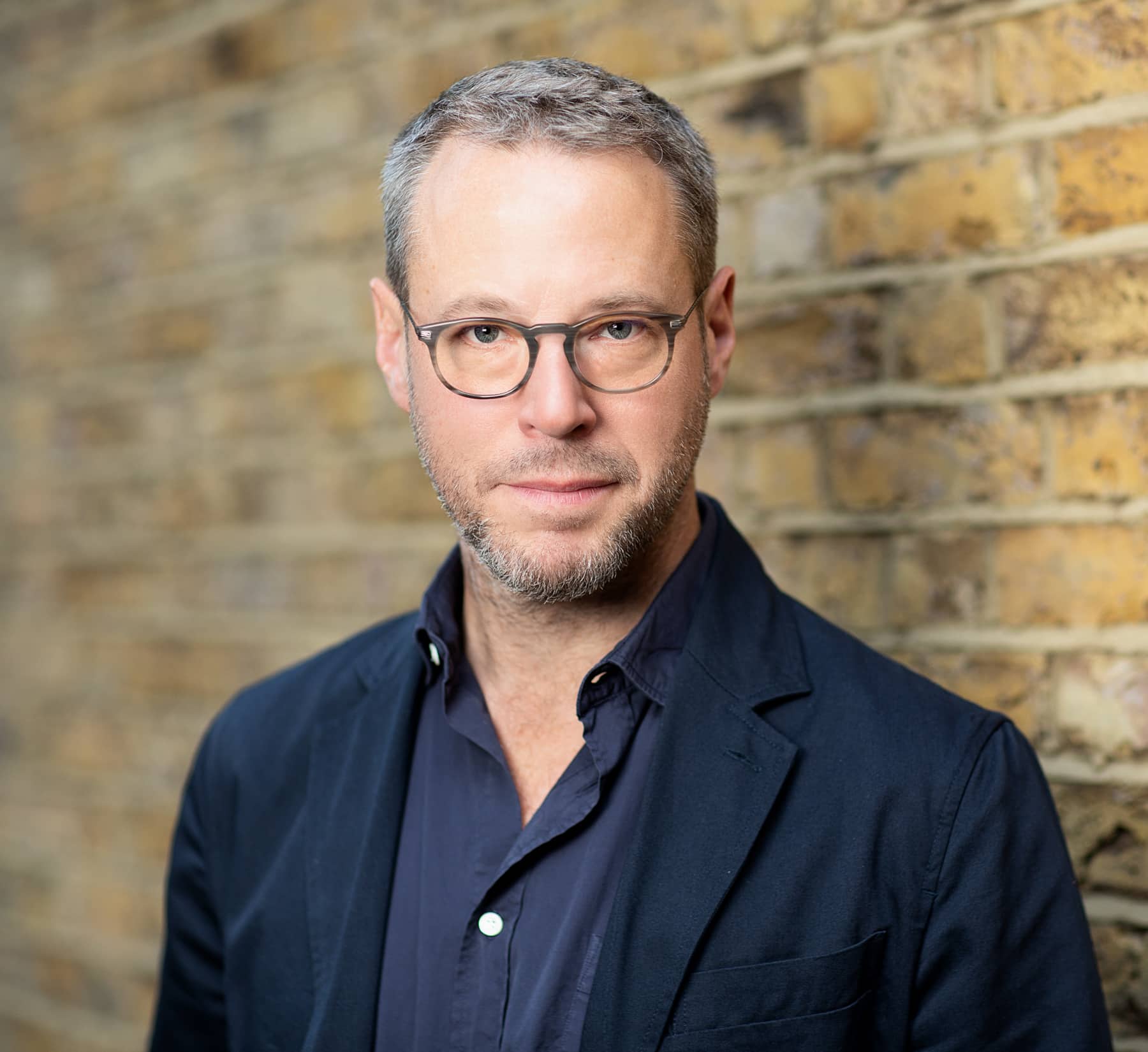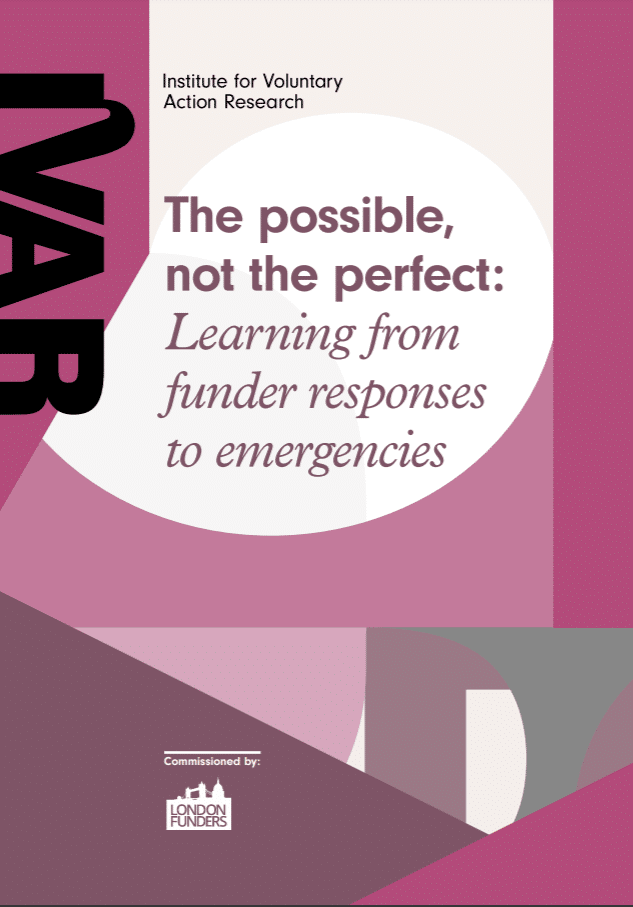
Responding to emergencies
Lessons from funders’ responses to emergencies and crisis funding.
What we’ve learned
Paul Hamlyn Foundation’s response to the Covid-19 emergency
Trying to do the right thing
Paul Hamlyn Foundation (PHF) mobilised quickly and decisively in response to the emergency, and responded at scale, with trustees approving an additional £20 million Emergency Fund before the first national lockdown was announced.
PHF is instinctively self-critical, and no-one shies away from reflecting on challenges, mistakes and miscommunications. But the sense of collective effort was clear, with everyone in PHF stepping up in an unprecedented way to ‘pull out every stop to try to do the right thing’.
Four specific aspects of being more responsive and flexible feel particularly powerful:
- Starting with “How can we help?”: PHF looked to the organisations it funds for direction rather than second-guessing what might be needed: ‘It shifted the conversation that we had with the outside world. Turning it on its head – so not how do you fit with us, but almost how can we fit with you?’.
- More adaptable: The impact on different sectors – and the shape of the crisis as it unfolded – was very different. Driven by the simple desire to be useful, individual teams felt more freedom to respond and adapt: ‘I’ve enjoyed when we were able to find solutions for the needs of the sector’.
- More radical action: ‘We have tended to change things in small chunks in the past. But we turned the application process on its head. It’s a real sense of creativity and freedom’.
- More proactive and open: ‘We’ve begun to shift some of the power dynamic and been able to have open and honest conversations with funded organisations’.
In terms of PHF’s contribution, three things stand out.
First, PHF responded decisively to the emerging crisis. It stepped outside the normal and became more flexible, more agile, more trusting – ‘the model was flipped’.
Second, because staff have becom closer to the organisations that PHF funds, they can bear witness to how useful this contribution has been – alleviating serious hardship; supporting vital services; providing a lifeline and a breathing space to regroup; and as a much-needed vote of confidence and commitment.
Third, because PHF placed a premium on trust, and reined in expectations about plans, reports and results, instead focusing on helping people to get through it and do the best they could, time was not spent on ‘wringing hands about outcomes’. Instead, PHF embraced greater risk simply because ‘it was the right thing to do’.
You can find out more by reading Paul Hamlyn Foundation’s reports:
[btn url=”https://www.phf.org.uk/publications/trying-to-do-the-right-thing-paul-hamlyn-foundations-response-to-the-covid-19-emergency/” style=”primary”]Trying to do the right thing[/btn]
[btn url=”=https://www.phf.org.uk/publications/a-year-like-no-other-review-of-uk-grant-making-2020-21/” style=”primary”]A year like no other[/btn]
Open and trusting grant-making
In emergencies, charities are clear about what they need from funders:
- ‘Be brave’
- ‘Be flexible’
- ‘Trust us’
- ‘Be clear and open’
- ‘Understand the pressure we are under and reflect this in how you work’
- ‘Become more of a partner and less of an auditor’
We are building a community of grantmakers who are committed to making this kind of open and trusting funding standard practice across the sector.




